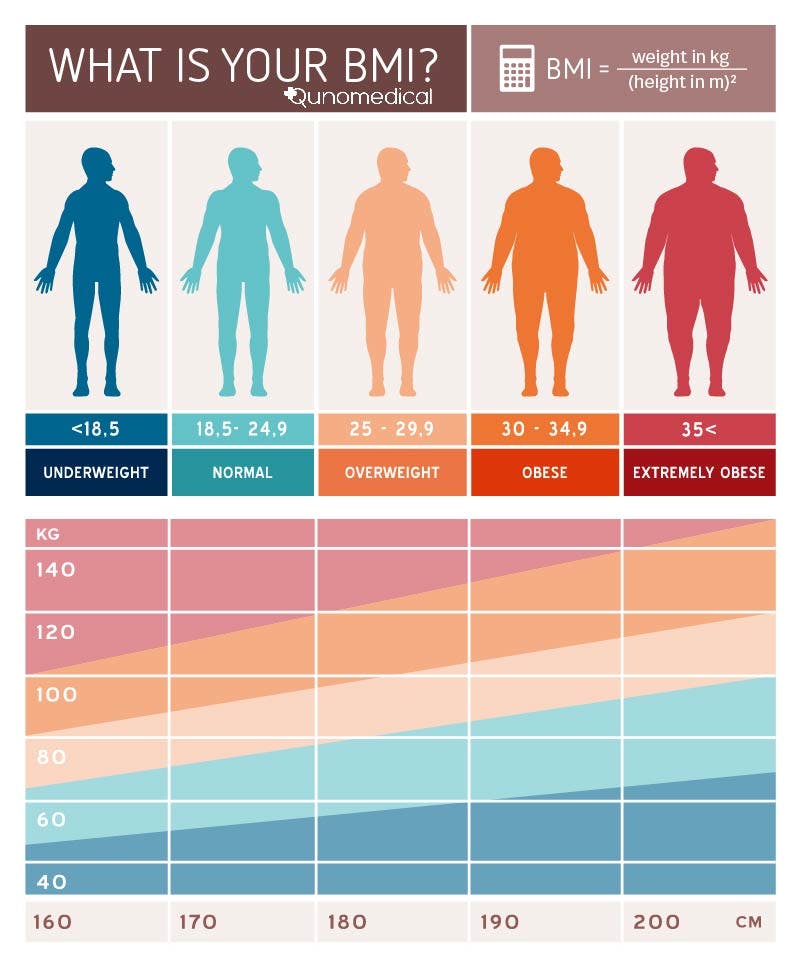Gastric Plication Surgery
Gastric plication (or laparoscopic greater curvature plication) is a type of restrictive bariatric surgery. It uses laparoscopy, a minimally invasive procedure, to fold and stitch the stomach lining in order to reduce its volume. Consequently, the amount of food intake is decreased which leads to weight loss.
The content has been reviewed for quality and accuracy to the best of our knowledge by Qunomedical and its Medical Board of Experts.
 JuliaPatient Manager
JuliaPatient Manager“Qunomedical helped me so much! Thank you!“
“Qunomedical helped me so much! Thank you!“
Gallery
Gastric Plication Surgery Quick Details
WHO IS THIS FOR
Patients with a BMI over 30 (may vary depending on the comorbidities).
Patients looking to avoid resection, banding or cutting of their stomachs.
Patients looking for a reversible procedure.
TREATMENT DURATION
1-2 hours.
RECOVERY TIME
1-2 weeks.
SUCCESS
In the 6 months following the surgery, patients report around 50% weight loss.
One year after, patient’s are at between 50-70% of the original weight.
Two years, between 50-60% of the starting weight.
POTENTIAL RISKS & SIDE EFFECTS
Nausea and/or vomiting
Separation of stitches or leaks requiring additional surgery
Bleeding
Infection
Other standard risks associated with surgery and general anaesthesia
ALTERNATIVE TREATMENTS
How Does the Procedure Work?
The gastric plication is a laparoscopic procedure which involves making a few small incisions (between 0.5-1.5cm) on the stomach. These incisions serve as passageways through which instruments and the laparoscope (which is in essence a small video camera) are inserted. The procedure roughly includes the following steps:
1. You will be given general anaesthesia, which will last for the duration of the procedure, typically between 1-2 hours.
2. After you are under anaesthesia, the surgeon will then proceed to make between 5-6 small incisions on the stomach, through which the laparoscope will be inserted. This allows the surgeon to visualize the surgical area.
3. Your abdomen will then be filled with carbon dioxide gas to create more space between the organs and ensure a safer operation.
4. The surgeon then folds your stomach inward into itself and proceeds to secure the fold with sutures. This step is done twice, hence reducing the capacity of the stomach up to 70%.
5. Lastly, all the instruments and laparoscopes are carefully removed and the incisions in the stomach are closed.
What Is Body Mass Index (BMI)?
Body Mass Index (BMI) is an indirect measure of an individual’s body fat content based on their weight and height. The formula for calculating your BMI is detailed below and uses the units kg/m2: Body weight (kg)÷ Height x Height (m)
The BMI weight categories are as follows:
Underweight : <18.5
Healthy: 18.5-24.9
Overweight: 25.0 - 29.9
Obese: 30-34.9
Extremely obese : >35

What Should I Expect From a Gastric Plication Surgery?
Firstly, it is important to reiterate that weight loss surgery is recommended only if you have a BMI over 30. Through gastric plication, the natural mechanism of food intake and absorption is not altered. Only the amount of food that can be held by the stomach is reduced, which is the main reasoning behind the weight loss. The surgery is a reversible, relatively low-risk procedure with a short recovery time and substantial weight loss (though not as high as gastric bypass). It involves no resectioning of the stomach or insertion of a foreign body in the stomach space.
What Lifestyle Changes Are Involved When Undergoing Bariatric Surgery?
A vital aspect of the gastric plication surgery is adherence to a new, healthier lifestyle and post-operative guidelines outlined by your doctors.
Diet
Diet is an important aspect of post-op care. Usually, a diet rich in protein and whole foods is recommended. Processed foods are to be avoided, and you should focus on intaking plenty of fluids and being hydrated. Vitamins and supplements will be prescribed by your doctor, which will be necessary to make sure your diet is not lacking and will be essential to a full recovery.
Exercise
Building a regular exercise regimen is essential if the weight loss is to be maintained over time. It will help give your post-op recovery some structure and build back your strength. In the first few weeks following the surgery, light exercises such as regular walks are recommended. Over time, you can build your own exercise plan and alternate between different types of exercises ranging from cardio to strength training.
Mental Health
Mental health challenges are associated with almost every surgical procedure. It is important to keep in mind that it will take some time to get used to your new lifestyle and body. Do not hesitate to ask for help from your family, friends or through a healthcare professional. Your mindset will play a vital role in your recovery and weight loss maintenance should be a priority.

Patient manager
Frieda
Your personal Patient Manager
Let's talk
Still unsure? Feeling overwhelmed? Talking to a real person can give you the guidance and reassurance needed. You don’t have to do it alone. Let’s find the right doctor together.